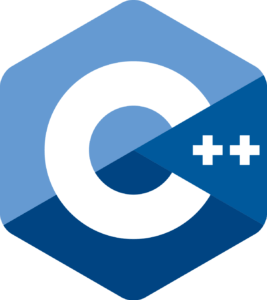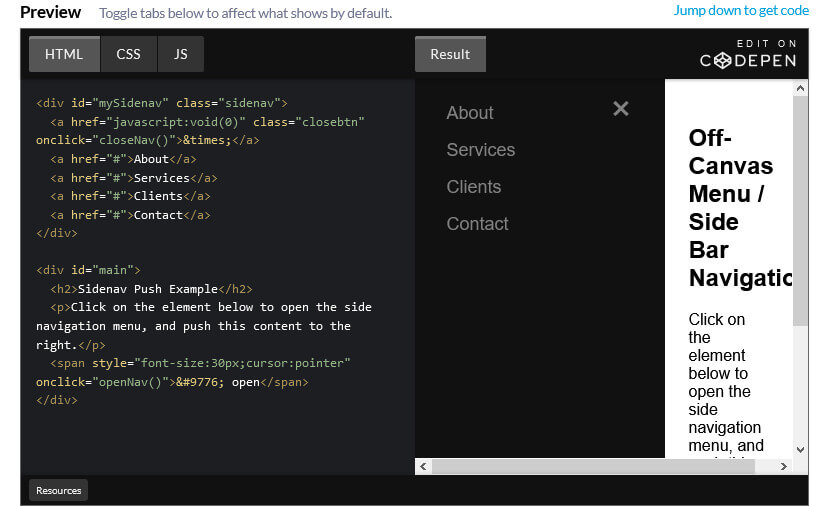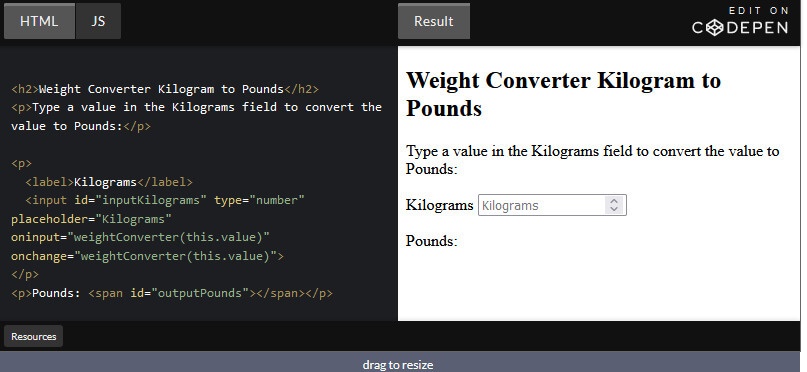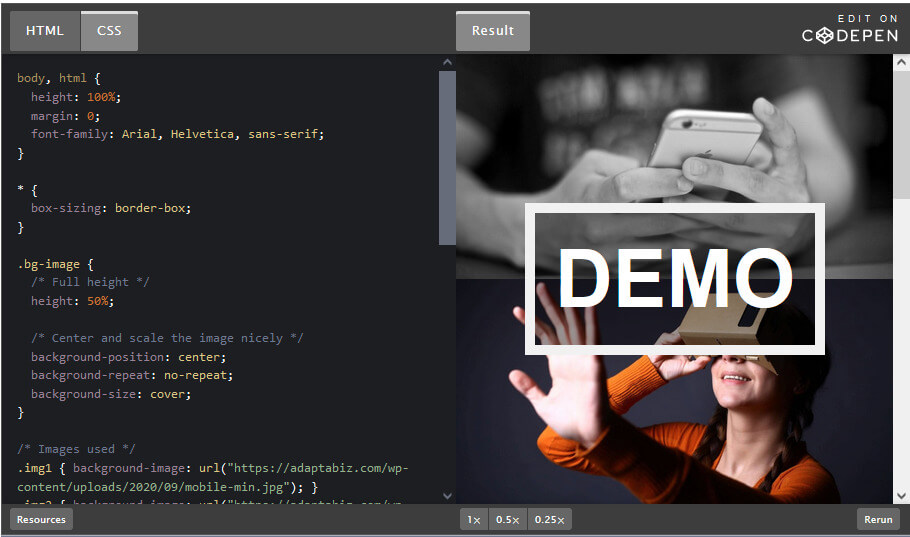What is C++
C++ is a programming language developed by Bjarne Stroustrup in 1979 at Bell Labs. Originally, it was called “C with classes,” as it had all the properties of the C language with the addition of user-defined data types called “classes.” It was renamed C++ in 1983. C++ is a general-purpose object-oriented programming (OOP) language and is an extension of the C language. It is therefore possible to code C++ in a “C style” or “object-oriented style.”

C++ is considered an intermediate-level language, as it includes both high and low-level language features.
Features of C++
Following are some of the important features that make C++ is loved by many developers
Object-oriented:
C++ is an object-oriented programming language. This means that the focus is on “objects” and manipulations around these objects. Information about how these manipulations work is abstracted out from the consumer of the object.
Compiler based
C++ is a compiler-based programming language, it means without compilation no C++ program can be executed. First, we need to compile our program using compiler and then we can execute our program.
Rich library support
C++ allows the full use of the standard library. It includes the Standard Template Library.
Speed
The compilation and execution time of C++ language is fast.
Pointer support:
C++ provides the feature of pointers. We can directly interact with the memory by using the pointers. We can use pointers for memory, structures, functions, array, etc.
Basic concepts of C++
Following are some of the important features that make C++ is loved by many developers
Variables
Variable are used in C++, where we need storage for any value, which will change in program. Variable can be declared in multiple ways each with different memory requirements and functioning. Variable is the name of memory location allocated by the compiler depending upon the data type of the variable.
Control Structures:
Normally, a program is executed in a sequential manner. However, in many cases, a program has to choose among alternative statements C++ provides constructs that enable the programmer to select which statement in the program to be executed next.
Data Structures
Normally, a program is executed in a sequential manner. However, in many cases, a program has to choose among alternative statements C++ provides constructs that enable the programmer to select which statement in the program to be executed next.
Syntax:
A programming language is a set of rules, symbols, and special words used to construct a program. Syntax is a formal set of rules that defines exactly which combinations of letters, numbers, and symbols can be used in a programming language. If you don’t abide by the rules of a programming language or syntax, you’ll get errors.
Tools
Tools:
- Software Development Kits
- Graphics/GUI APIs and Libraries
- General APIs and Libraries
- Integrated Development Environments
- Documentation Tools
- Unit Testing
What is C++ used for?
Enlisted below are some of the areas where C++ is popularly used.
Operating Systems:
Since C language was originally designed for system-level programming, it’s no surprise that it’s commonly used to build operating systems and firmware. Be it Microsoft Windows or Mac OSX or Linux – all of them are programmed in C++. C/C++ is the backbone of all the well-known operating systems owing to the fact that it is a strongly typed and fast programming language which makes it an ideal choice for developing an operating system. As well as Android and iOS to some extent.
Libraries
Many high-level libraries use C++ as the core programming language. For instance, several Machine Learning libraries use C++ in the backend because of its speed. Tensorflow, one of the most widely used Machine Learning libraries uses C++ as the backend programming language. Such libraries required high-performance computations because they involve multiplications of huge matrices for the purpose of training Machine Learning models. As a result, performance becomes critical. C++ comes to the rescue in such libraries.
Games:
C++ is close to the hardware, can easily manipulate resources, provide procedural programming over CPU intensive functions, and is fast. It is also able to override the complexities of 3D games and provides multilayer networking. All these benefits of C++ make it a primary choice to develop the gaming systems as well as game development suites
Graphic User Interface (GUI)
- Many highly used applications, such as Image Ready, Adobe Premiere, Photoshop, and Illustrator are scripted in C++.
Databases:
- C++ is also used in writing database management software. The two most popular databases MySQL and Postgres are written in C++.
Graphics:
- All graphics applications require fast rendering and just like the case of web browsers, here also C++ helps in reducing the latency. Software that employs computer vision, digital image processing, high-end graphical processing – they all use C++ as the backend programming language. Even the popular games that are heavy on graphics use C++ as the primary programming language.
Cloud/Distributed Systems:
Cloud storage systems that are extensively used nowadays work close to the hardware. C++ becomes a default choice for implementing such systems as it is close to the hardware. C++ also provides multithreading support that can build concurrent applications and load tolerance.
Embedded Systems:
- Various embedded systems like smartwatches, medical equipment systems use C++ to program as it is closer to the hardware level and can provide a lot of low-level function calls when compared to the other high-level programming languages.
Compilers:
- Compilers of various high-level programming languages are written either in C or C++. The reason is that both C and C++ are low-level languages that are close to hardware and are able to program and manipulate the underlying hardware resources.
Banking Applications:
- As C++ aids in concurrency, it becomes the default choice for banking applications that require multi-threading, concurrency, and high performance.












